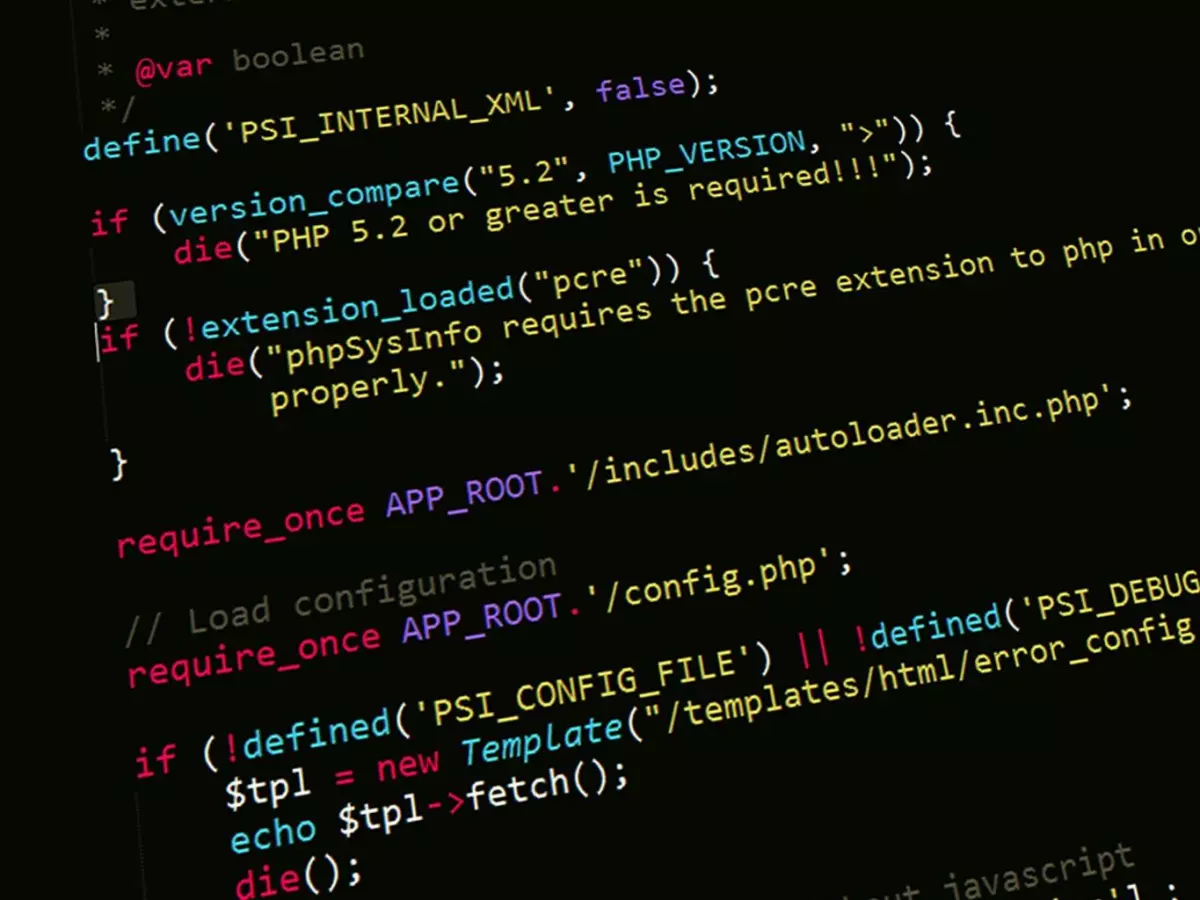API Mastery
"APIs are the glue that holds the modern web together." — Jeff Lawson, CEO of Twilio

By James Sullivan
Have you ever stopped to think about how many apps, websites, and services you use daily that rely on APIs? Probably not, but here's a hint: it's a lot. From the weather app on your phone to the payment gateway on your favorite e-commerce site, APIs are the unsung heroes of modern software development. But here's the kicker—are you designing them right?
API design is often treated as an afterthought, something you slap together once the core functionality of your app is in place. But in reality, a poorly designed API can cripple your software's scalability, flexibility, and even its security. So, let's dive into why mastering API design is not just a 'nice-to-have' but an absolute necessity for future-proof software development.
What Exactly is an API?
Before we get too deep into the weeds, let's clarify what an API (Application Programming Interface) actually is. In simple terms, it's a set of rules that allows one piece of software to talk to another. Think of it as a contract between two parties—your software and whatever external service or system it needs to interact with.
But here's the thing: not all APIs are created equal. Some are elegant, intuitive, and easy to use. Others? Well, let's just say they make you want to pull your hair out. The difference often comes down to one thing—design.
Why API Design Matters
So, why should you care about API design? Isn't it enough to just make sure your API works? Well, not quite. A well-designed API can make your software easier to maintain, more scalable, and even more secure. On the flip side, a poorly designed API can lead to technical debt, frustrated developers, and a whole lot of headaches down the road.
Let's break it down:
- Scalability: A well-designed API can handle growth. As your user base expands, your API should be able to accommodate more requests without breaking a sweat.
- Security: A poorly designed API can expose your software to security vulnerabilities. By following best practices, you can minimize these risks.
- Developer Experience: If your API is intuitive and easy to use, other developers will love working with it. This can lead to faster integrations and fewer bugs.
Principles of Good API Design
Alright, so how do you actually design a good API? While there's no one-size-fits-all answer, there are a few key principles that can guide you:
- Consistency: Your API should be consistent in its structure and naming conventions. If you're using REST, stick to RESTful principles. If you're using GraphQL, make sure your schema is well-organized.
- Simplicity: Don't overcomplicate things. Your API should be as simple as possible while still getting the job done. If a developer needs a 100-page manual to understand how to use it, you've done something wrong.
- Versioning: APIs evolve over time, and that's okay. But make sure you're versioning your API so that older clients don't break when you introduce new features.
- Documentation: This one is huge. A well-documented API is a joy to work with. Make sure you're providing clear, concise, and up-to-date documentation.
REST vs. GraphQL: Which One Should You Choose?
When it comes to API design, one of the biggest decisions you'll face is whether to use REST or GraphQL. Both have their pros and cons, and the right choice depends on your specific use case.
REST: REST is the tried-and-true standard for APIs. It's simple, easy to understand, and works well for most use cases. If you're building a straightforward API that doesn't require complex querying, REST is probably your best bet.
GraphQL: On the other hand, if you're dealing with complex data relationships or need more flexibility in how data is fetched, GraphQL might be the way to go. It allows clients to specify exactly what data they need, which can reduce the amount of over-fetching and under-fetching that often happens with REST APIs.
At the end of the day, there's no 'right' answer. The key is to choose the approach that best fits your project's needs.
Common API Design Mistakes (And How to Avoid Them)
Even the best developers make mistakes, and API design is no exception. Here are some common pitfalls to watch out for:
- Overcomplicating Endpoints: Your API should be easy to use. If your endpoints are too complex, developers will struggle to integrate with your system.
- Ignoring Error Handling: Make sure your API returns meaningful error messages. A generic '500 Internal Server Error' isn't going to help anyone.
- Not Using HTTPS: This one should be a no-brainer, but you'd be surprised how many APIs still don't use HTTPS. Always encrypt your API traffic.
The Future of API Design
As software continues to evolve, so too will API design. We're already seeing trends like serverless APIs and API-first development gaining traction, and it's likely that these will become even more prominent in the coming years.
Serverless APIs, for example, allow you to build and deploy APIs without worrying about the underlying infrastructure. This can lead to faster development times and lower operational costs. Meanwhile, API-first development emphasizes designing your API before you even start building your app. This approach can lead to more modular, scalable software.
Whatever the future holds, one thing is clear: APIs are here to stay. And if you want to stay ahead of the curve, mastering API design is a must.
Final Thoughts
So, there you have it. API design isn't just a technical detail—it's a critical part of building scalable, secure, and maintainable software. Whether you're working on a small side project or a massive enterprise application, getting your API design right can make all the difference.
But here's the twist: while mastering API design is crucial, it's not the only piece of the puzzle. As software development continues to evolve, so too will the challenges we face. The key is to stay curious, keep learning, and never stop improving. After all, in the world of software, the only constant is change.





